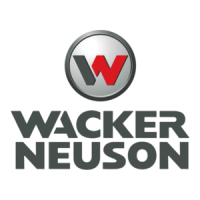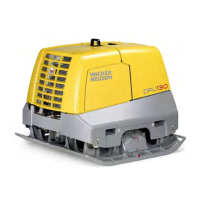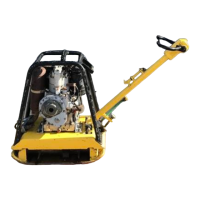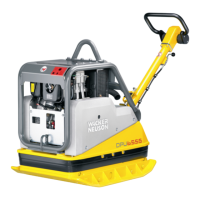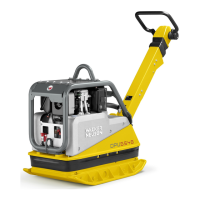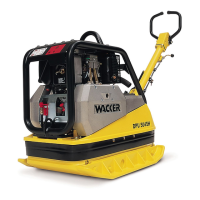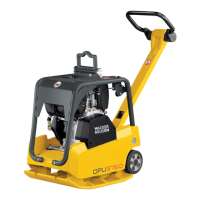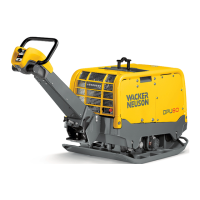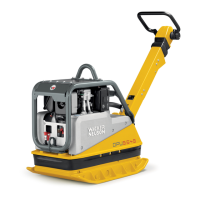What does it mean if Wacker Neuson Power Tool control lamp illuminates red?
- DDr. Benjamin OdomSep 3, 2025
If the control lamp illuminates red on the Wacker Neuson Power Tool, it could indicate that the machine is in the warm-up phase. Wait until the warm-up phase has completed. It may also indicate that the diagnostic system has detected an error. Check control lamps and fault indications on the display.
